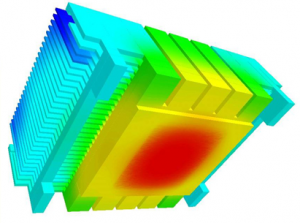Thermal Design Solutions: Redefining Thermal Engineering

The introduction of handheld devices such as smartphones has made life easier for a lot of people. Now, people are always connected with their environment wherever they go. The instant messages, the phone calls and video communications, which are now taken for granted, were not there even 15 years ago. Such devices were made possible by advances in many areas of engineering. Thermal engineering is one of them. As with other electronic devices, handheld devices need power to function. Some components such as the processor and wireless components consume more power than others. The power consumed is released as heat inside the system. This heat must be ultimate rejected to the environment. Otherwise, heat will build up and increase the temperature of the various components inside the system and lead to all kinds of problems. That’s why handheld systems must be design not only for core functions, but also for thermals. With increased temperature, mobile devices can become ineffici...